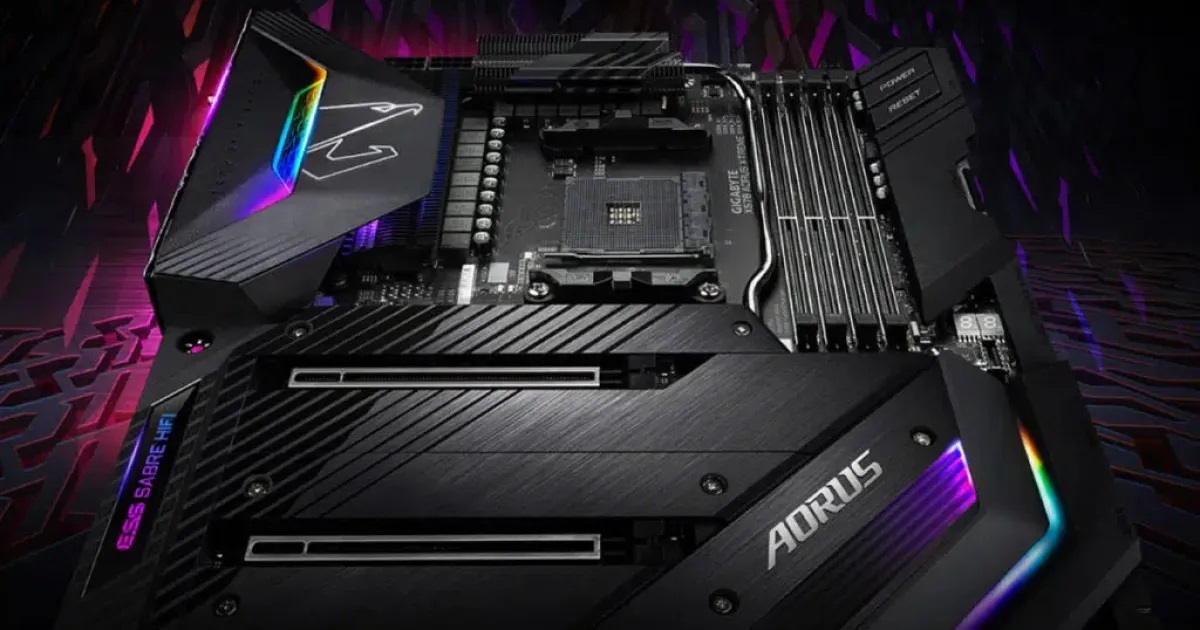Understanding the latest innovations in motherboard technology can be crucial for tech enthusiasts, PC builders, and professionals who seek to optimize performance and future-proof their systems. The motherboard remains the core of any computer build, interconnecting all the components that make up a modern PC. In this article, we delve into the latest advancements in motherboard hardware, focusing on enhanced connectivity options, improved power management, more robust data throughput, and the integration of AI features.
Embracing Next-Gen Standards
The Rise of USB-C and Thunderbolt
One of the standout innovations in modern motherboards is the integration of advanced connectivity protocols such as USB-C and Thunderbolt. These interfaces offer significant improvements in data transfer speed, charging capabilities, and versatility. USB-C’s universal connectivity simplifies the need for various cables, while Thunderbolt pushes data transfer rates to new heights, enabling lightning-fast access to external storage and peripherals. Motherboards sporting these ports ensure users can take full advantage of the latest devices and future developments in connectivity.
Wi-Fi 6 and Bluetooth Integration
As wireless technology continues to evolve, the latest motherboards have begun to include built-in support for Wi-Fi 6 – the newest wireless communication standard. With superior speed, efficiency, and reduced latency, Wi-Fi 6 transforms the wireless networking experience. Additionally, current motherboards also come equipped with the latest Bluetooth versions, facilitating seamless connections with a broad range of wireless peripherals and gadgets. This enhanced connectivity opens up new possibilities for a clutter-free and flexible computing environment.
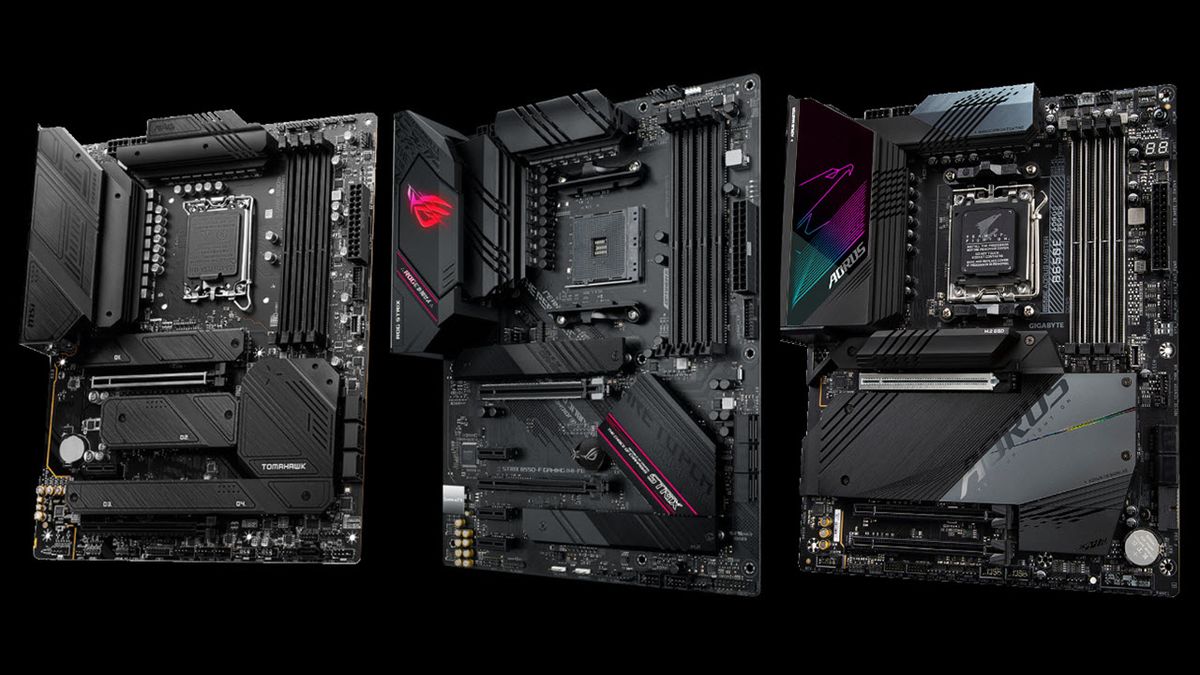
Efficiency and Overclocking
Advanced Voltage Regulation Modules
Motherboard manufacturers have placed a significant focus on improving power delivery and efficiency. The incorporation of advanced voltage regulation modules (VRMs) ensures cleaner and more stable power to the CPU and other crucial components. This is especially critical for those who push their systems to the limit through overclocking. Quality VRMs help maintain system stability under load and extend the lifespan of the components by preventing power-related damage.
Eco-Friendly and Energy-Saving Features
The demand for eco-friendly technology has also influenced motherboard design, with the latest models featuring energy-saving modes and efficient power consumption. These motherboards intelligently adjust their energy usage based on the workload, preserving energy and reducing overall electricity costs. Such features not only contribute to a greener computing solution but also cut down on heat production, reducing the need for aggressive cooling and the associated noise.
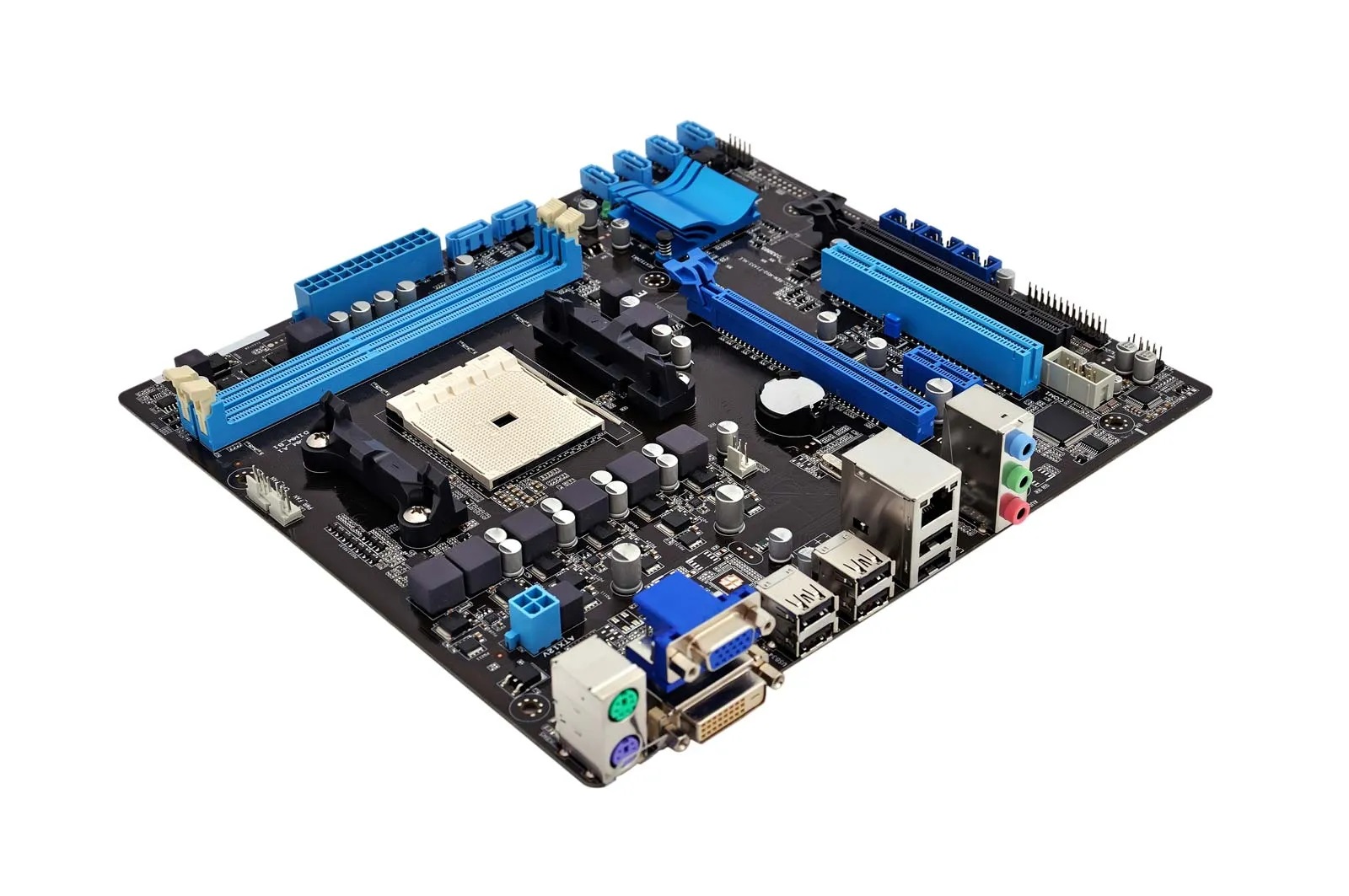
Speed and Bandwidth Improvements
PCI Express 4.0 and Beyond
The latest motherboards support PCI Express 4.0, a standard that doubles the bandwidth compared to its predecessor, PCI Express 3.0. This leap forward allows for wider data lanes that are beneficial for high-speed graphics cards, NVMe storage drives, and other bandwidth-intensive peripherals. With PCIe 5.0 on the horizon, even greater speeds are within reach, ensuring motherboards remain at the forefront of delivering cutting-edge performance.
Enhanced Storage Options with NVMe M.2
Another innovation in modern motherboards is the inclusion of M.2 slots with NVMe support. These slots enable direct connection of M.2 solid-state drives (SSDs) that utilize the PCIe interface, bypassing the SATA bottleneck and unlocking higher data transfer speeds. These drives are not only faster but also smaller, contributing to a more streamlined and less cluttered PC build.
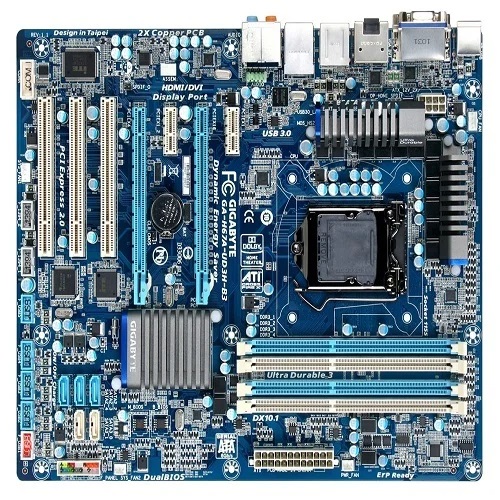
Smart Computing and Automation
AI Overclocking and Cooling
Motherboards are getting smarter with the integration of artificial intelligence (AI) features. AI-assisted overclocking allows the motherboard to automatically tune the system for optimal performance by analyzing processor behavior and thermal conditions. Additionally, AI-driven cooling systems manage fan speeds more dynamically and efficiently, prioritizing cooling only when necessary and reducing noise levels.
Predictive Diagnostics and Optimization
AI is also shaping how motherboards handle system diagnostics and optimization. Predictive AI algorithms can detect and address potential issues before they escalate, such as preemptively adjusting the power delivery to prevent overheating or suggesting BIOS updates to improve system stability. These intelligent features aim to enhance system reliability, help prevent downtime, and offer a more user-friendly experience especially for less tech-savvy individuals.
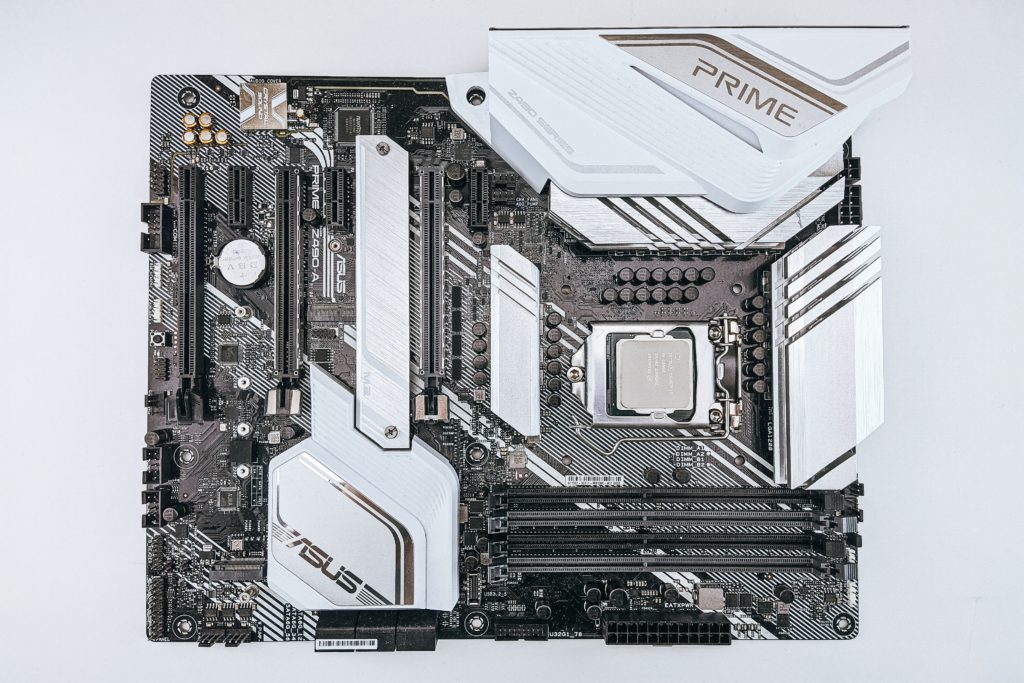
Tuning Your System for Peak Performance
Harnessing the Potential of Modern CPUs
As CPUs become more powerful, the motherboard’s chipset—the hub that orchestrates communication between the processor, memory, and peripherals—must keep pace. Modern motherboards feature chipsets tailored to make the most of cutting-edge processor architectures, offering refined optimization for both performance and power consumption. The latest chipsets support a wide array of features, such as higher memory frequencies and enhanced I/O capabilities, which ensure smooth operation even with the most demanding tasks.
Upgrading Firmware and BIOS for Extended Lifespan
Motherboard manufacturers now offer easy-to-navigate tools for updating the BIOS and firmware, extending the motherboard’s lifespan and compatibility with new hardware releases. These updates can also unlock additional performance enhancements and introduce new features to existing hardware. With these tools at hand, users can confidently maintain their systems at peak performance without the prior complexity of manual tuning and adjustments.
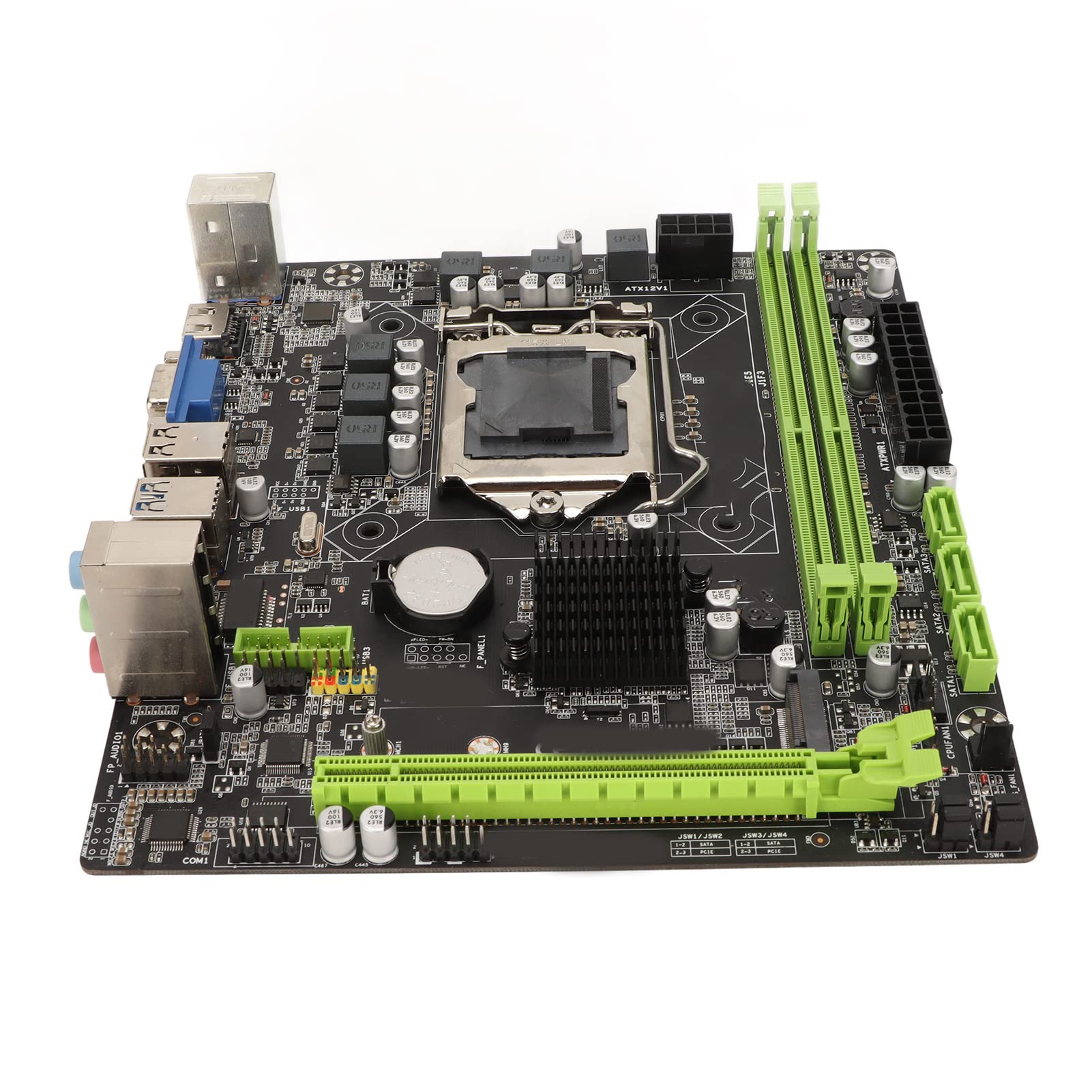
Protecting Your System at the Hardware Level
Built-in Hardware Safeguards
Amidst growing concerns about cybersecurity, motherboard vendors have started to implement robust hardware-based security measures. These features range from firmware integrity checks upon startup to full encryption of sensitive data at the hardware level. Motherboards with built-in TPM (Trusted Platform Module) provide secure storage for critical data and support for advanced security protocols, offering peace of mind for users storing sensitive information on their systems.
Reinforced UEFI and Secure Boot
The transition from legacy BIOS to UEFI has opened up new possibilities for motherboard security. Modern motherboards feature a secure boot process that verifies the digital signature of boot loaders and other critical software, preventing unauthorized or malicious programs from compromising the boot sequence. Combined with a user-friendly UEFI interface, these security measures make modern motherboards not just faster and more versatile but also safer.
Enhancements for Gamers and Creators
High-Speed Network Controllers
For gamers, streamers, and professionals, network performance is critical. The latest motherboards come equipped with high-speed Ethernet controllers, some reaching 10 Gbps speeds, as well as built-in Wi-Fi supporting the latest wireless standards. This ensures minimal latency during online gaming, smooth streaming of high-definition content, and reliable connectivity for work-from-home setups.
Pristine Audio Quality with Dedicated Hardware
The onboard audio experience on motherboards has seen significant advancements. Top-tier motherboards now feature dedicated audio hardware, such as high-quality DACs, specialized audio capacitors, and isolated audio circuits that minimize interference. For content creators and audiophiles, these improvements provide studio-grade sound quality without the need for external audio solutions.
In conclusion, the field of motherboard technology is rapidly advancing, incorporating new standards and capabilities that push the boundaries of what’s possible in personal computing. From enhanced connectivity to improved power management, increased data throughput, and AI integration, these innovations ensure that motherboards remain the essential foundation for any powerful and efficient computer system. Whether you’re building a new PC or upgrading an existing one, staying informed of these advancements will help you make smarter hardware choices and invest in a motherboard that meets the demands of current and future applications.
